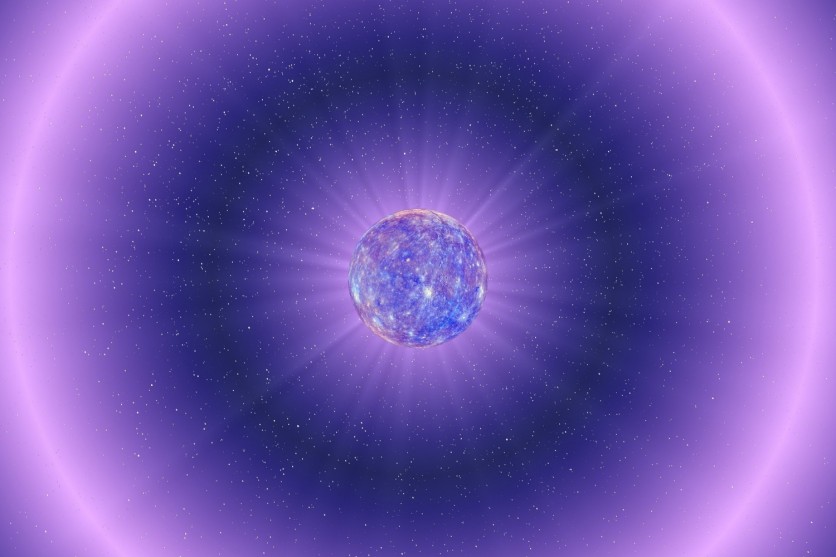In an extraordinary feat of astronomical exploration, scientists have made an astonishing breakthrough by witnessing the presence of a radiation belt outside the confines of our own solar system.
Through a meticulously coordinated effort involving an array of 39 radio dishes spanning from Hawaii to Germany, astronomers have obtained high-resolution images that shed light on a fascinating phenomenon occurring in an ultracool dwarf.

Intense and Unrelenting Radio Emissions
The images reveal a series of intense and unrelenting radio emissions emanating from the ultracool dwarf.
These emissions have exposed the existence of a cloud of high-energy electrons ensnared within the dwarf's immensely powerful magnetic field, giving rise to a double-lobed structure akin to the radiation belts observed encircling Jupiter.
"We are actually imaging the magnetosphere of our target by observing the radio-emitting plasma-its radiation belt in the magnetosphere. That has never been done before for something the size of a gas giant planet outside of our solar system," said Melodie Kao, a postdoctoral fellow at UC Santa Cruz and first author of the study.
Magnetic fields of considerable strength form a protective "magnetic bubble" around planets, known as a magnetosphere. This magnetosphere is capable of trapping and propelling particles to nearly the speed of light.
The ultracool dwarf examined occupies a transitional position between low-mass stars and massive brown dwarfs. Kao elaborated on the resemblances in the internal physics of these objects, despite variances in their formation.
She said that although star and planet formation processes may differ, the underlying physics can exhibit remarkable similarities within the intermediate mass range, linking low-mass stars to brown dwarfs and gas giant planets.
Precisely characterizing the strength and arrangement of magnetic fields encircling these celestial entities remains an unexplored domain.
Kao emphasized the scarcity of knowledge in this field, stating that while scientists can predict the intensity and structure of a planet's magnetic field using numerical models, there is a lack of practical means to directly test these predictions.
Read Also : Intense Radiation Burst Sweeps the Solar System, NASA Says It's The Brightest Of All Time!
Potential for Habitability
The strength and shape of a planet's magnetic field play a pivotal role in determining its potential for habitability. Kao emphasized the significance of considering the magnetic fields when contemplating the habitability of exoplanets and factors such as the atmosphere and climate.
The presence of a magnetic field requires hot interiors with conductive fluids, such as Earth's molten iron core or Jupiter's metallic hydrogen, under pressure. Brown dwarfs likely generate magnetic fields through metallic hydrogen, while stars rely on ionized hydrogen in their interiors.
Among the objects studied, the ultracool dwarf LSR J1835+3259 was the only one capable of providing high-quality data to resolve its radiation belts.
Kao looks forward to the future development of the Next Generation Very Large Array, which will enable the imaging of numerous extrasolar radiation belts.
"This is a critical first step in finding many more such objects and honing our skills to search for smaller and smaller magnetospheres, eventually enabling us to study those of potentially habitable, Earth-size planets," said co-author Evgenya Shkolnik at Arizona State University.
The study's findings were published in the journal Nature.
Related Article : Astronomers Discover New Ring System in Our Solar System

ⓒ 2025 TECHTIMES.com All rights reserved. Do not reproduce without permission.




